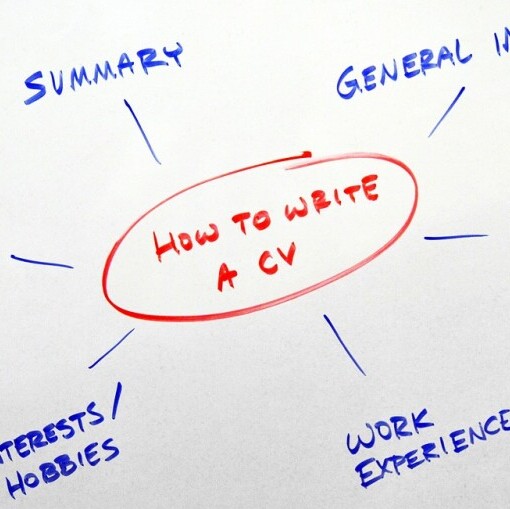A resume is your personal marketing document. It’s a quick overview of your skills, experiences, and achievements. Figures show that employers spend only a few seconds scanning each resume, so it’s critical to nail the basics.
Different resume formats serve different purposes. The chronological format is the most common, listing your work experiences in reverse order. The functional format focuses on skills rather than when you acquired them, which can be handy for career changers or those with gaps in employment. The combination format, as the name suggests, mixes the two, highlighting both skills and a solid work history.
Every resume needs specific sections to be complete. Start with contact information—name, phone number, email, and LinkedIn profile. A summary or objective statement follows, giving a snapshot of your career goals and why you’re a great fit for the role. Then comes the work experience section, detailing your roles and responsibilities in previous jobs. Education is next, listing your academic background. Finally, include a skills section to showcase relevant talents and expertise.
Pay attention to the details in each section. Use consistent formatting—bullet points, dates, and fonts. Make sure to avoid large, unreadable blocks of text. A clean, organized resume can make a strong first impression and open doors to your dream job.
Tailoring Your Resume to the Job
Customizing your resume for each job application can make a huge difference. Employers can tell when you’ve put in the effort to tailor your resume specifically for their role, and it shows that you’re genuinely interested.
Start by researching the company and the job description. What are they looking for in a candidate? What skills and experiences are they prioritizing? Use this information to tweak your resume. If a company emphasizes teamwork, highlight your collaborative projects. If they’re after technical skills, make sure those are front and center.
Keywords are your friends here. Many companies use applicant tracking systems (ATS) to filter resumes based on specific keywords. Check the job ad for these and incorporate them naturally into your resume. This boosts your chances of getting past the initial screening.
Matching your skills and experiences to the job requirements is essential. For instance, if the job calls for project management experience, don’t just list your previous roles—specify the projects you managed, their outcomes, and how your involvement led to success.
Finally, don’t forget to highlight your accomplishments. Employers want to see not just what you did, but how well you did it. Use measurable outcomes whenever possible, such as “Increased sales by 20%” or “Led a team of 5 to complete a project ahead of schedule.”]}
Highlighting Your Achievements
Your achievements tell your story better than any job title or duty list. Employers love seeing concrete evidence of your skills in action. That’s why crafting accomplishment-driven bullet points is a game-changer.
Instead of listing tasks you performed, focus on what you achieved. For instance, rather than saying ‘Managed a sales team,’ try ‘Led a sales team to exceed targets by 30% in six months.’ It’s more impressive and gives a clear picture of your capabilities.
Quantifying your achievements makes them more impactful. Numbers catch the eye and provide a clear sense of scale and success. Whether it’s dollars saved, percentage growth, or customer satisfaction scores, try to put a figure on your accomplishments.
Use strong action verbs to start each bullet point. Words like ‘initiated,’ ‘developed,’ and ‘executed’ sound dynamic and show off your proactive nature. They paint a picture of someone who doesn’t just do the job but excels at it.
Relate your achievements back to the job you’re applying for. If you’re going for a role that prioritizes leadership, focus on examples where you led a project or mentored a team. Keep the job requirements in mind and tailor your achievements to match.
Polishing Your Resume: Final Touches
Proofreading your resume for grammar and clarity is essential. Even a small typo can leave a bad impression. Read your resume out loud, use grammar-check tools, or get a second pair of eyes to look it over.
Consistency in formatting is key to a professional-looking resume. Check that your fonts, bullet points, and spacing are uniform. Keeping it tidy reflects your attention to detail and professionalism.
Feedback from trusted mentors or career coaches can provide valuable insights. They can spot things you might have missed and suggest improvements. Sometimes, an external perspective makes all the difference.
Using online tools and resources can boost the final polish. Many websites offer free resume reviews, templates, and tips to ensure your resume is top-notch. Taking advantage of these tools can give you that extra edge. Kathie
Kathie
Click on the above link to see an exciting opportunity .
